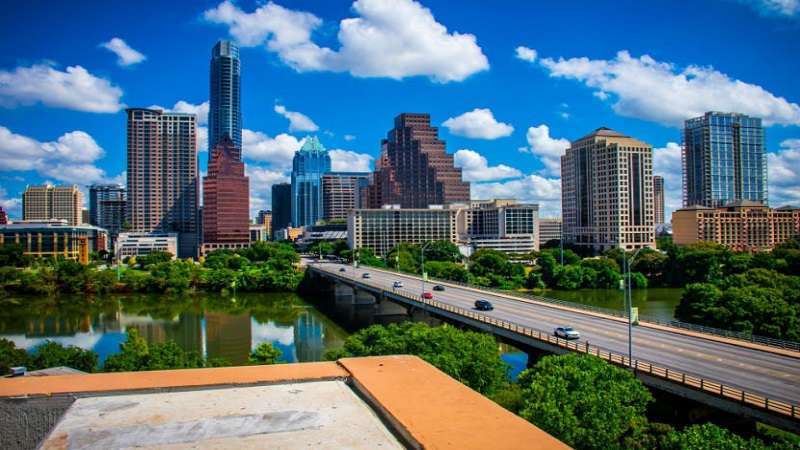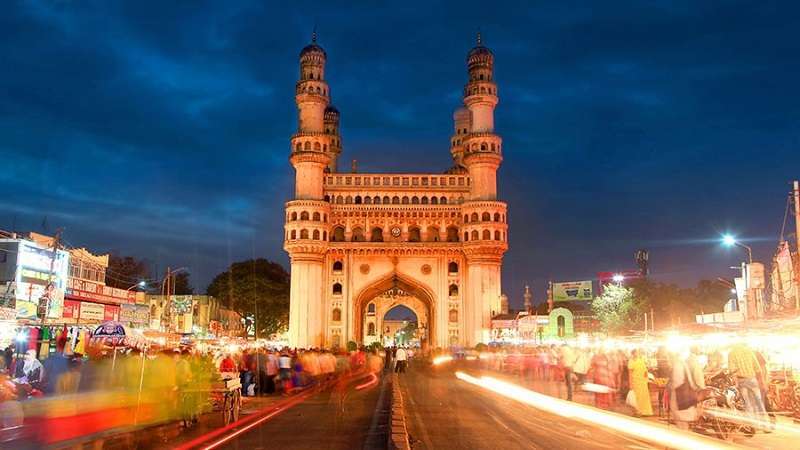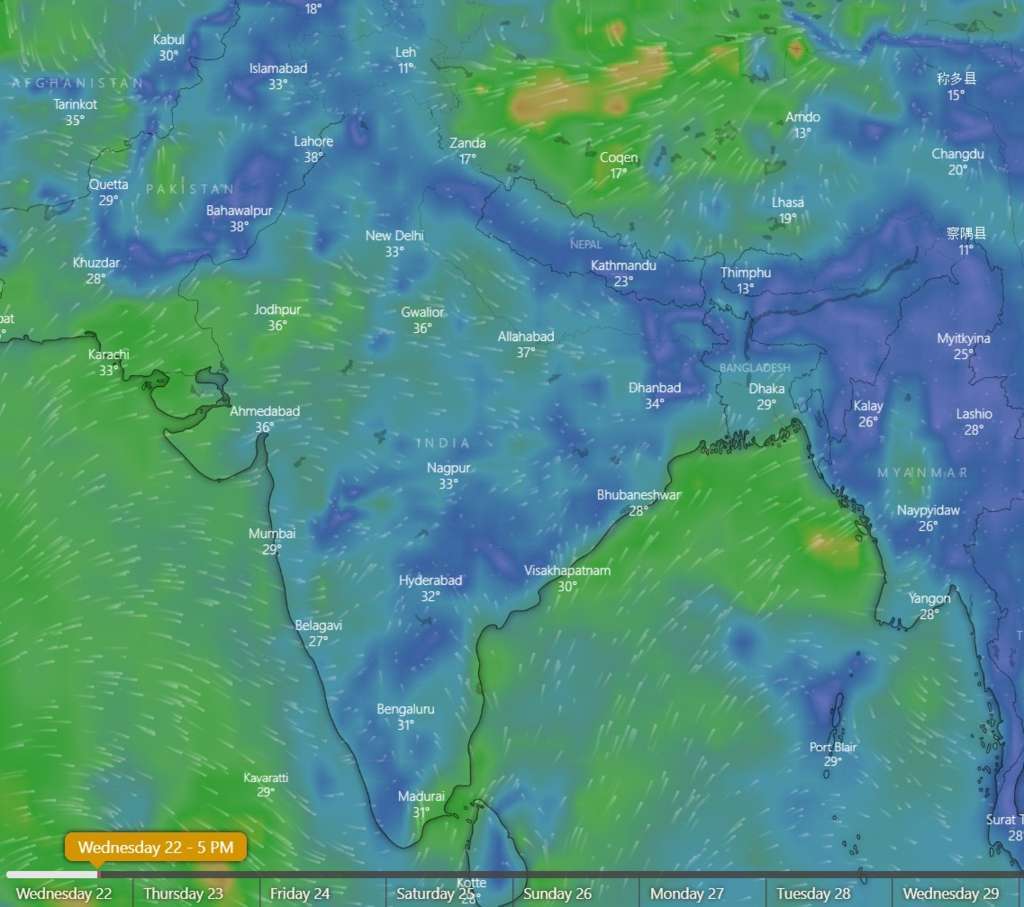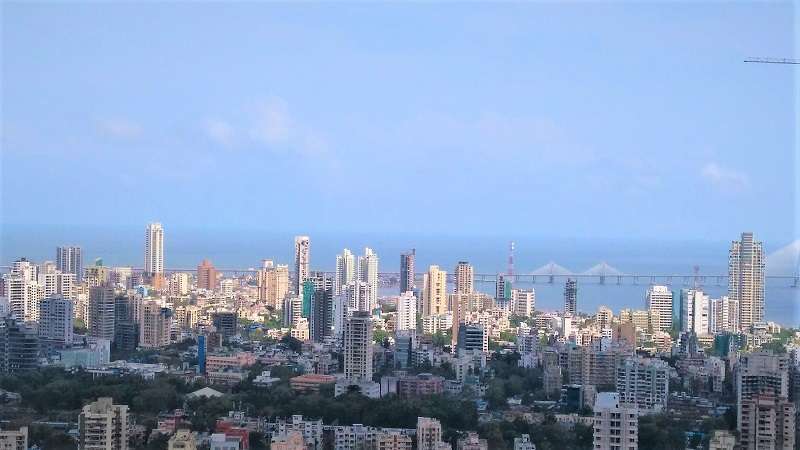AN URBAN DISASTER – Migrant Labor of India & the Pandemic
The COVID-19 pandemic came in as a shock to all of us, where the social animal now, had to follow social and physical distancing. It proved us all wrong that humans cannot stay at home and cannot cook at home either. With essential services accessible to us, we set ourselves with masks on our faces, bags in our hands to fall out of our adobes after the UNLOCK! The “stay home, stay safe” became easier with our phones where Facebook, Instagram and the other apps came in handy, considering them the new essential service providers. Looking at the nature of the pandemic, work from home was encouraged. Most of the MNCs and the IT companies went ahead with this WFH module, sending the computer systems at the residences of the employees. Also some of the private sector companies cut down the salary of employees, and paying them in percentage. With the nation getting into depression about the deaths of legendary and potential actors of the Film Industry, it entitled all our friends including the virtual lot, to allow us “to reach out to anyone, when needed”. Suddenly all were there to “talk it out” and just blab it out to each other – being compassionate. Then came in the “hindi-chini ab bhai nahi” fever where all the Chinese applications were banned in our country and the TIK TOK “content generating employees” were jobless. Keeping aside all of the above, the most heartfelt and grieving reality that came up in this pandemic, was that of the Labors of India. They travelled thousands of kilometers just to revert back to their places of residence. Keeping only one aim in mind that they had to reach home devoid of anything, may it be walking miles together or pushing themselves in containers to reach home, may it be going on their bullock carts or cycles carrying their luggage and kids on their shoulders or whichever other way possible. With speculations being made that due to the labors travelling it will affect in an upsurge in the number of COVID infected people. In some cities they were also sprayed with disinfectants and treated like livestock. It was a stressful sight to watch them all over the news and internet. The working class came up to be most affected after the lockdown and the Indian government was unable to give a thought on them, until they were seen on the roads everywhere and anywhere possible. After all this the main question that arises is that what was the need for them to leave their houses in the cities and revert back to their home towns? What extreme conditions must have forced them to take such life-threatening measures? In-migration for work is a prevalent reality in rural India. The hardships of migrant workers are especially magnified when state boundaries are crossed and the distance between the "source" and "destination" increases. In a continuous state of drift, migrants are left out of the scope of state provisions at both ends - the "source" and the "destination". The urban labor markets treat them with opportunistic indifference extracting hard labor but denying basic entitlements such as decent shelter, fair priced food, subsidized healthcare facilities or training and education. They are also usually out of bounds of government and civil society initiatives, both because of being "invisible" and for their inability to carry entitlements along as they move.
ECONOMY CONTRIBUTORS:
The working class is mainly the one who comes from rural areas to the urban areas in search of better opportunities of work, to earn more income. According to the world economic forum, there is an overwhelming population of around 139 million migrants in the country. They are the ones who work in any field in order to earn and do whichever work given, in the best way possible. They prove to be the invisible contributors of this economy; who comprise of the manufacturing and construction industry workers, garbage collectors, rag pickers, house maids, warehouse workers, loading and unloading labors etc. The age group of these workers is from around 21 to 55; therefore they happen to be the most enthusiastic, young, energetic class of the society who plays an imperative role in contributing to the economy. They are such that they can travel miles for work alone, are not hesitant to do any kind of work, the cost incurred for their work is low, they work on a daily wage basis, they are not very well skilled but are very hardworking and the last situation that they manage to live in any conditions wherever possible.
THE CITY AND THE LABOR:
The city proves to be a KARMA BHUMI for the working class. They work with jampacked vigor and strength to develop the city. Cities are aspired to be comfortable places to live, earn and grow. The migrant workers who come into the cities leave all their assets at their hometowns and come to lead a tough life here just to earn a bit extra. But what is the city giving back to them? Cities fuel migration and migrants in turn prove to be the economic aspect for the city. The city ends up exploiting the labors as the wages, working conditions, utilities etc. are suppressed and overlooked. The migration of labor in India is from, different parts of the country to some specific cities, where the remittance and the need for them are high. The cities are a way in which the productivity of the labors increases considering that they get to yield more benefits in terms the availability of resources. The labor is that part of the working industry that is the manual one and needs to go home in order to restore energy and stimulate productivity. But what is the idea of a HOME? A lot of migrants come from states like Rajasthan, Uttar Pradesh, Bihar, Odisha and Madhya Pradesh to states cities like Mumbai, Pune, and Delhi. The amenities provided by the cities to the migrant labors are very minimal and compromised in nature. The basic amenities like that of housing, utilities and wages from which they can lead a livable life are curbed up to a great extent. As they so not have much expectations and aspirations from their life in the city, therefore they are overlooked. The least that the cities can give the labors is better living surroundings and better wages provisions that would not force them to take such steps in future. Another aspect that the cities needs to provide them is a change in the attitude of the populace, not looking at them as downtrodden and needy, but understanding that they contribute a lot to the economy at the grassroots levels.
URBAN DISASTER SCENARIO:
The way forward When the working class took their route towards their hometowns, there were a lot of aspects and issues that came up front. This community felt a sense of inequality because of these issues which if not considered might result into an Urban Disaster. Urban disaster in terms of, the labor not returning back to the cities and thus the workforce of the metropolitan’s development being compromised. The need of the hour is to deal with the issues in a way where there is inclusivity in the society. There needs to be a dual focus on the poverty alleviation and the economic growth of the populace. Speaking of poverty alleviation, measures should be taken in the direction of providing housing, other utilities and most importantly livable conditions for the EWS and LIG class of the community. When we talk about the labor class there is a lack of data in the states where they move into and also in the states where they move from. There needs to be done a serious assessment in the number of migrants in a state and also that of the housing in which they live. The inaccessibility and inequity in the social and physical infrastructure, domicile restrictions, citizen rights etc. also need to be acknowledged. Government should actively participate to purge the identity crisis that came upon the working class. New policies for social, affordable rental housing should be brought into action for their housing and livelihood alternatives. Consideration in reducing the rents for such class should be implemented or with some social inclusive methods they should be provided better amenities. Another necessity that the government may look into is by providing various subsidies to them so that they do not have a shortage of money that they face when such occurrences hit them. There could be government agencies that would prove helpful in ways of their earnings being dealt with judiciously in some way. One of the major aspect that the government holds in different parts of the cities is chunks of land, which could be unlocked for better purposes rather than play grounds, parks etc. and also allocating vacant and unused properties to them for housing could be an option. Apart from the government alone, there needs to be a change in the attitude of the residents of the metropolitans to make the working class inclusive in the society. With all of the ambiguity this pandemic has brought upon us, at last I would SALUTE to all the migrants who courageously faced this.
By Disha Kuchekar : Disha is a 28 year old Architect who is pursuing M.Arch in Urban Design. She love to explore new places and am a foodie at heart, which helps you know the city better. Believe in being an informer rather than a protestor, and hence write to be an informer to the administration and the populace.
Related Articles
Indian cities can better leverage technology

LOW CARBON CITY

LIVEABLE CITIES

Climate Change Mitigation in India and Challenges faced



